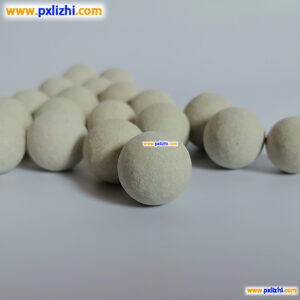# Nickel 201 UNS N02201: Properties and Applications
## Introduction to Nickel 201
Nickel 201, also known by its UNS designation N02201, is a commercially pure wrought nickel alloy. This material is widely recognized for its excellent corrosion resistance, high thermal and electrical conductivity, and good mechanical properties across a wide temperature range.
## Chemical Composition
The chemical composition of Nickel 201 plays a crucial role in its performance characteristics:
– Nickel (Ni): ≥ 99.0%
– Iron (Fe): ≤ 0.40%
– Manganese (Mn): ≤ 0.35%
– Silicon (Si): ≤ 0.35%
– Copper (Cu): ≤ 0.25%
– Carbon (C): ≤ 0.02%
– Sulfur (S): ≤ 0.01%
The low carbon content (≤0.02%) distinguishes Nickel 201 from Nickel 200 (which has higher carbon content) and makes it particularly suitable for high-temperature applications where carbide precipitation could be problematic.
## Physical Properties
Nickel 201 exhibits several notable physical properties:
Keyword: Nickel 201 UNS N02201
– Density: 8.89 g/cm³ (0.321 lb/in³)
– Melting Point: 1435-1446°C (2615-2635°F)
– Electrical Resistivity: 9.5 μΩ·cm at 20°C (68°F)
– Thermal Conductivity: 70 W/m·K at 20°C (68°F)
– Coefficient of Thermal Expansion: 13.3 μm/m·K (20-100°C)
## Mechanical Properties
The mechanical properties of Nickel 201 vary depending on the temper and processing:
### Room Temperature Properties
– Tensile Strength: 380-550 MPa (55-80 ksi)
– Yield Strength (0.2% offset): 100-350 MPa (15-51 ksi)
– Elongation: 40-50%
– Hardness: 45-90 HRB
### Elevated Temperature Properties
Nickel 201 maintains good mechanical strength at elevated temperatures, with tensile strength of approximately 240 MPa (35 ksi) at 540°C (1000°F).
## Corrosion Resistance
Nickel 201 offers excellent corrosion resistance in various environments:
– Outstanding resistance to caustic alkalis
– Good resistance to neutral and alkaline salt solutions
– Excellent performance in reducing environments
– Resistance to various organic acids and compounds
– Good performance in freshwater, seawater, and atmospheric conditions
## Fabrication and Processing
Nickel 201 can be readily fabricated using standard techniques:
### Forming
The alloy has good formability and can be cold worked using standard methods. Annealing may be required between severe forming operations.
### Welding
Nickel 201 is readily weldable by common techniques including:
– Gas tungsten arc welding (GTAW/TIG)
– Gas metal arc welding (GMAW/MIG)
– Shielded metal arc welding (SMAW)
– Resistance welding
### Machining
While tougher than steel, Nickel 201 can be machined using proper techniques:
– Use positive rake angles
– Maintain sharp tools
– Employ heavy feeds and slow speeds
– Use copious amounts of cutting fluid
## Heat Treatment
Nickel 201 is typically supplied in the annealed condition. The recommended annealing temperature range is 705-925°C (1300-1700°F), followed by rapid cooling to maintain optimal properties.
## Applications of Nickel 201
Due to its unique combination of properties, Nickel 201 finds use in numerous applications:
### Chemical Processing
– Caustic evaporators
– Reaction vessels
– Transfer piping for corrosive chemicals
– Heat exchangers
### Electronics
– Lead frames
– Battery components
– Electronic housings
### Food Processing
– Food handling equipment
– Processing vessels
– Transfer systems

